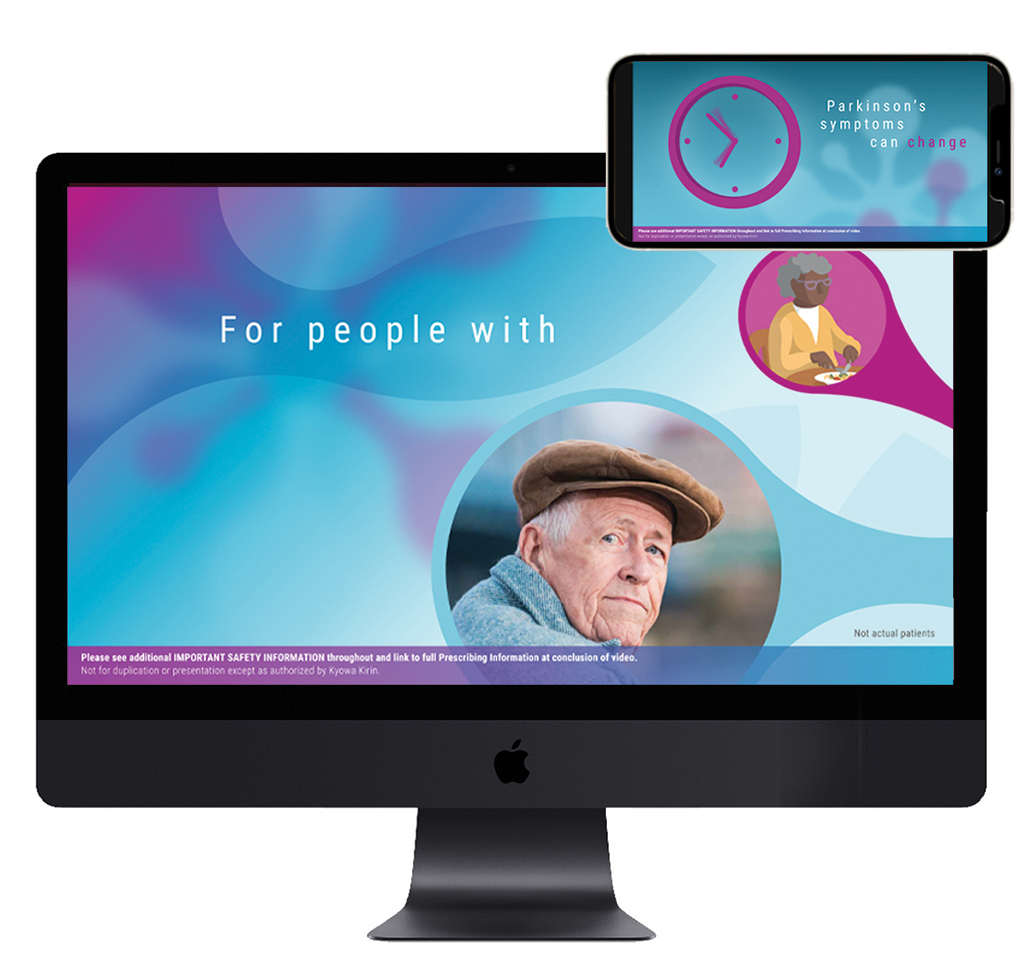For the leader of an agency that grew revenue by $10 million — to $47 million — during a pandemic year, MEI EVP, account services W. Curtis Herrmann comes across as almost sublimely low-key when asked to look back.
“We were waiting for the other shoe to drop in 2020,” he shrugs. “It didn’t happen.”
Rather than pushing for growth by prodding clients contending with their own COVID-related headaches, MEI focused on “maintaining the ship,” as Herrmann puts it, and everything fell into place from there. “We appreciate our partnerships with our clients and we have tried to do as many things as we can to show some love for our employees. I think we have done a pretty decent job, but we are still working on it,” he says.

An increase in staff size came along with the revenue bump, with MEI finishing 2020 with 155 full-timers on hand, 10 more than it did a year earlier. In particular, the agency added bulk to its account services and medical affairs staff. It didn’t come easy: “You have probably heard this from other agencies, but the marketplace stayed competitive for talent in 2020,” Herrmann says.
Despite the recruitment challenges, Herrmann believes MEI represents a fine destination for individuals at all stages of their careers. “We are not the flashiest or the most exciting agency, but we have a deep bench and a long-tenured group of people who have found a home here. We offer a continuity that clients appreciate, with the same people in place over time,” he notes.
Herrmann parts from the conventional wisdom when it comes to discussing MEI’s take on the impact of COVID-19 on the agency world. The firm viewed it as more of an accelerator than a mere disruptor.
“Digital engagement, being smart about how we reach out to HCPs and making sure we provide content that is relevant — those are all things we have been working on for quite some time,” he explains.
That’s probably why, when asked to identify the year’s greatest successes, Herrmann points to MEI’s work in helping clients pivot in the early days of COVID. “Knowing that end users of our initiatives were frontline HCPs, we spent a lot of time reviewing every outreach to ensure that we were striking the right tone,” he explains.
It was no small charge. “Converting from live to virtual was a significant piece of the challenge, but 2020 required re-evaluating everything, knowing that HCPs were first and foremost responsible for patient care,” Herrmann continues. “They were living through the newness and the realities of COVID and we were asking them to make time in their schedules for us. We had to be particularly sensitive about how we communicated to them.”
Looking ahead, Herrmann sees a partial — but, he stresses, only a partial — return to the pre-2020 normal. “There will be an element of a need and desire to get in a room together again and collaborate in person,” he says, “But when presented with the option of live meetings, people will expect a full-on digital offering to supplement it. We were heading that direction already.”
. . .
The idea I wish I had…
Regeneron has a really nice unbranded campaign reminding people that there are treatment options available for COVID patients. While much of the focus in the media is rightfully on vaccination, reminding people and their families that they might be eligible for state-of-the art treatments will help save lives. — W. Curtis Herrmann
From the June 01, 2021 Issue of MM+M - Medical Marketing and Media







